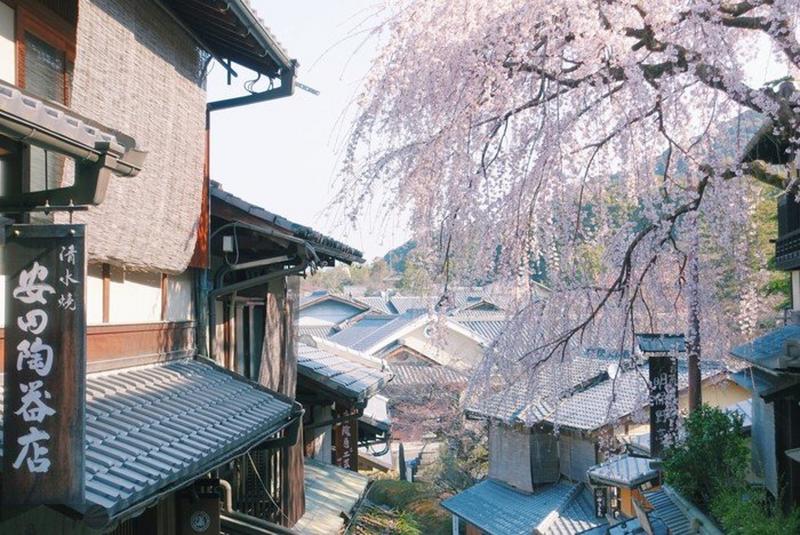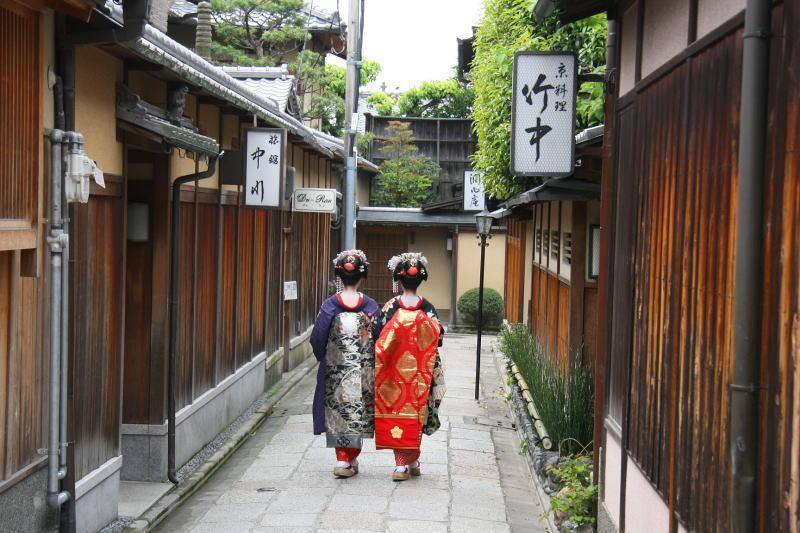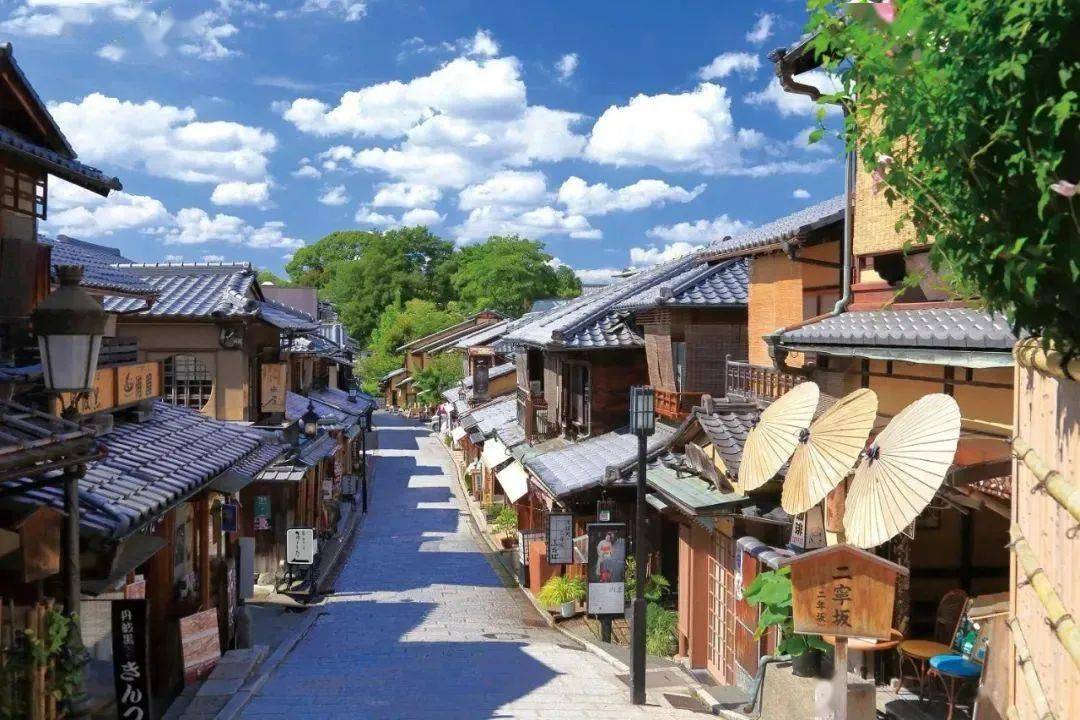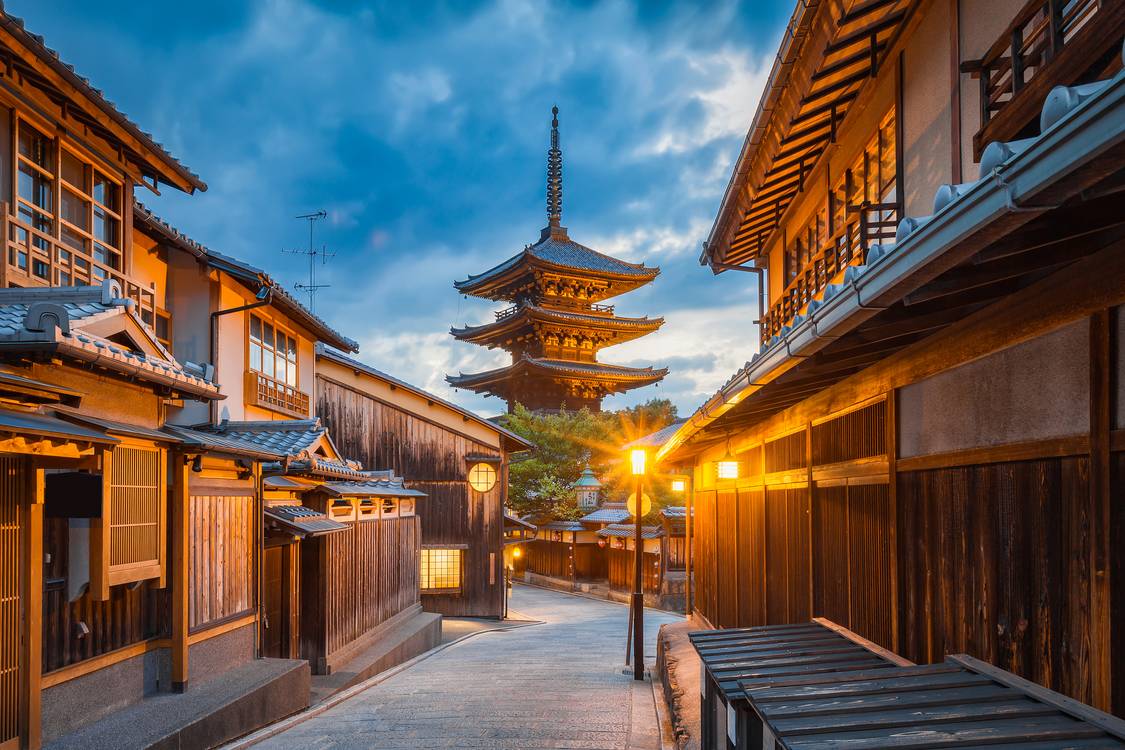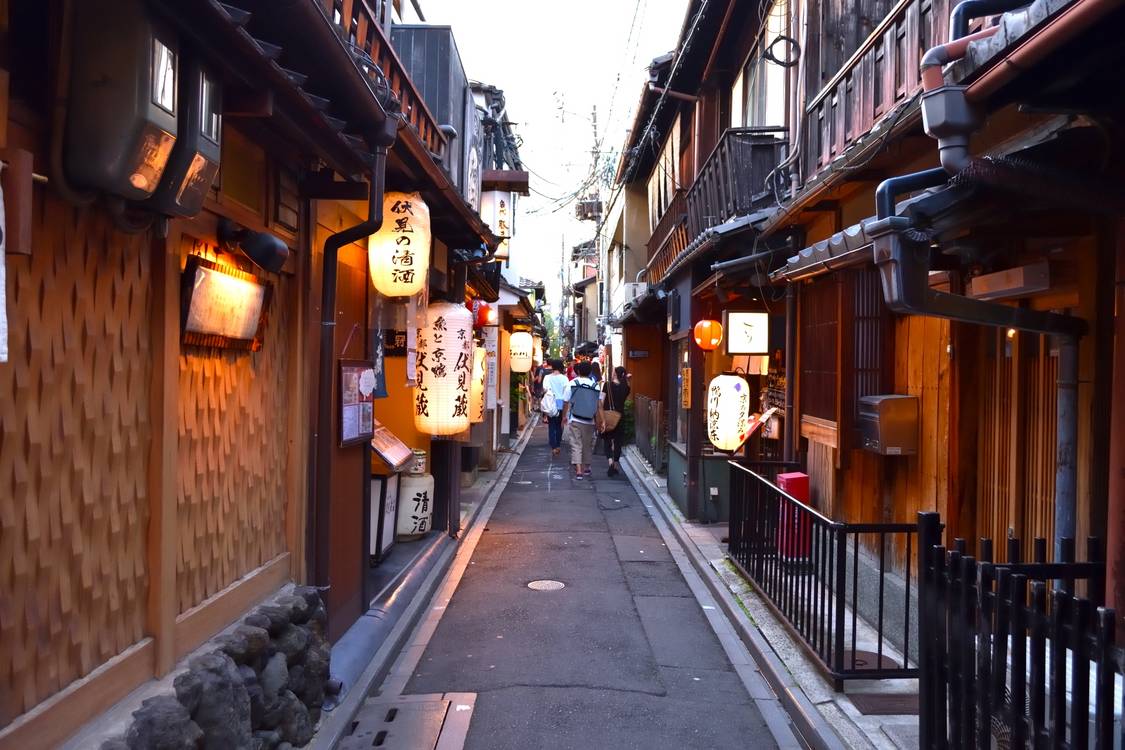Ishibei Koji
Ishibei Koji is a traditional street located near Kiyomizu Temple, built during the Taisho era. Here, you can see a tranquil and rustic landscape composed of stone-paved roads and old wooden houses, and feel a rich romantic and serene atmosphere. In the past, the high-end houses on this street were venues for banquets, but now they are used as rental residences. The first half of Ishibei Koji is lined with beautiful wooden walls on both sides, while the latter half is a sloped residential area, both secluded and elegant.
Philosopher's Path
Ishibei Koji is a traditional street near Kiyomizu Temple, built during the Taisho era. The scenery, composed of stone-paved roads and old wooden houses, is serene and quaint, exuding a rich romantic atmosphere and a sense of tranquility. In the past, the high-end residences on this street were used as banquet venues, but they have now been converted into rental homes. The first half of Ishibei Koji is lined with beautiful wooden walls, while the latter half is a steeper residential area, exuding a hidden nobility.
Yasaka Street
Yasaka Street is an uphill road extending to Kiyomizu Temple. Although it is somewhat narrow, it is continuous, clean, and exudes an ancient charm. At the end of the road, a dark-colored five-story pagoda, Yasaka Pagoda, comes into view. It is said that Yasaka Pagoda was first built 1500 years ago during the era of Prince Shotoku and is the oldest five-story pagoda style in Japan. After several fires, the current pagoda was rebuilt in 1440 by the court general Ashikaga Yoshinori. The road is lined with small shops and food stalls offering various Kyoto specialties, which are very popular with tourists.
Sannenzaka Ninenzaka
Sannenzaka and Ninenzaka are small stone-paved slopes leading to Kiyomizu-dera Temple, and like Kiyomizuzaka, they are historically protected districts. The slopes are lined with numerous old wooden houses, featuring mochi shops, souvenir stores, and Kyoto specialty antique porcelain shops. You can sit in a teahouse or café and enjoy the bustling scene during the autumn night maple viewing season. You can also stroll along this winding stone path, where you can see old machiya buildings with red lattice and insect cage windows, and feel their quaint and unique atmosphere.
Hanamikoji Street
In Kyoto's Gion district, there is a street called Hanamikoji Street. Although 'Hanami' means flower viewing in Japanese, there are no cherry blossoms here. Instead, it is a place of the ancient city's entertainment and pleasure. Since the Edo period, Hanamikoji Street has been one of the most stylish flower streets in Japan and one of the few places where you can still see geisha performances. On both sides of the street, there are many high-end restaurants with bamboo fences and red walls, specializing in kaiseki cuisine and often arranging geisha entertainment. In the early morning and evening, Hanamikoji Street is very quiet, allowing you to feel a strong sense of antiquity. If you visit in the early afternoon or early evening, you can often see geishas or maikos dressed in kimonos and wooden clogs, hurrying to their appointments. As night falls, various Japanese-style bars light up red lanterns at their entrances, making the street even more charming and captivating in the night.
Pontocho
Pontocho is a flower street located between the wide streets from Kamogawa to Kiyamachi Street. Despite the name containing the word 'cho' (town), it is actually a very narrow street about 550 meters long and approximately 2 meters wide. The street is paved with checkered stones, which become even more dazzling when wet with rain. The most striking feature of Pontocho is the many restaurants on the east side that are situated by the river. In the summer, dining on the river terraces built by these restaurants offers a unique experience.
